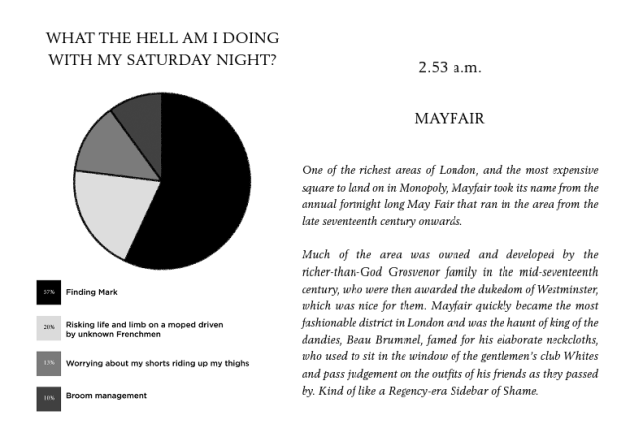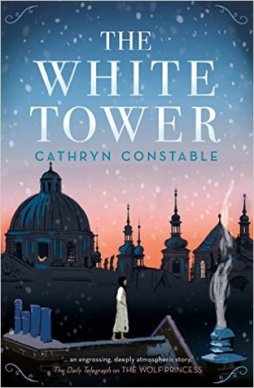 Author(s): Cathryn Constable
Author(s): Cathryn Constable
Publisher: Chicken House Books
Publication date: 5 January 2017
Category: children’s
Genre(s): magical realism
Series or standalone?: standalone
Source: ARC
Find on Goodreads and The Book Depository
When Livy is accepted at Temple College – a school for the very brightest, and the oldest in London – no one is more surprised than she is. Though she’s always felt different, she doesn’t seem to quite fit in at Temple College, either.
Recently, Livy has become more and more drawn to the roof of the school, climbing fearlessly among its towering stone angels, where she can be alone, and has the strangest desire to fly. But her behaviour has been noticed by others, for whom the ability to defy gravity is magic which could be a possible reality… and involves a secret they’ll do anything to discover.
Five years after the release of her much-lauded children’s fiction début The Wolf Princess, Cathryn Constable follows up with a novel full of things to like: mysterious adventures, crumbling but atmospheric old buildings, hints of potions, concoctions and alchemy, tantalising tendrils of magic. Plain, uncomplicated prose accommodates moments of wonder and almost lyrical description – and perhaps could have accommodated a little more of it – in a story which unfolds like the ripple of billowing fabric in the wind.
Thrust into a school where stone Sentinels perch on the roof and the history of its founder seems to lurk wherever she goes, Livy is struggling to fit in and deal with the loss of her childhood best friend. The timelessness of traditional school stories, embodied here by the centuries-old Temple College with its stiff uniforms, stained glass windows and soaring towers, is tempered by the occasional nod to modernity and, more successfully, the presence of Livy’s family, especially little brother Tom. Constable’s skill works best when displaying Livy’s explorations, Tom’s boundless energy and one of the mysterious relics of Temple College’s eerie past.
Constable tackles some fairly serious themes in the book, but unfortunately there’s not quite enough time spent on the most pressing of them to say they’ve been adequately explored. As ever with novels aimed solidly in the middle of the children’s fiction section, the characters aren’t exactly realistic (including the secondary cast of children themselves), but then that’s not the point. I’d recommend Katherine Rundell’s Rooftoppers more readily, but there are plenty of discoveries, secrets and flights of fancy to fill the adventure.

Fans of Katherine Rundell’s Rooftoppers and Kiran Millwood Hargrave’s The Girl of Ink and Stars will find atmospheric though not ground-breaking fare with Cathryn Constable’s The White Tower. Straightforward and, at its best, suitably elegant.
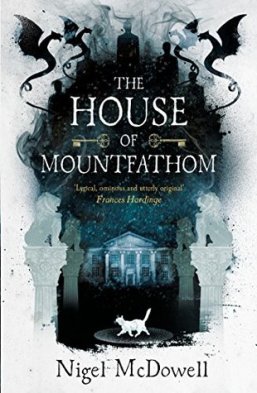 Author(s): Nigel McDowell
Author(s): Nigel McDowell
Publisher: Hot Key Books
Publication date: 9 March 2017
Category: children’s
Genre(s): magical realism, historical fiction
Series or standalone?: standalone
Source: ARC
Find on Goodreads and The Book Depository
Luke Mountfathom is the son of Lord and Lady Mountfathom, keepers of a great House where the wrong door could take you to a far away land and strange animals appear to stalk the grounds at midnight. The house is his home – but it is also the headquarters of the Driochta, a magic-weaving group of poets, artists, politicians and activists charged with keeping the peace across the land. They have many powers – have mastered Mirror-Predicting and Smoke-Summoning and Storm-Breaching – and a final ability: that of Mogrifying; taking on a unique animal form.
But Luke’s idyllic existence at Mountfathom appears in danger. Word reaches them of a people with a wish for independence, a rising discontent and scenes of violence that even the Driochta cannot control. But what seems like a quest for freedom involves a greater darkness than the rebels can know – and it draws Luke’s irretrievably into the fight. And when things quickly spin out of control for the Driochta, it is up to Luke, his cat Morrigan and his best friend Killian to worm out the heart of the evil in their land.
For fans of Debi Gliori, Dave Rudden and Moira Fowley-Doyle, The House of Mountfathom is as eclectic as such a multifarious description would suggest: its melting pot of magical realism, historical fiction and action adventure is close to boiling over, it’s so stuffed. It’s got spells, shapeshifters, soldiers, servants, poets, priceless treasures, tradition, rebellion, wallpaper that comes alive, orchards, inexplicable powers, political tensions, class struggle, and room upon room of strange and wondrous workings. All that’s missing is the kitchen sink, and even then I’m sure Mountfathom has one somewhere.
The novel is populated by a vast array of characters, naturally named things like Findlater and Vane-Temple, theirs is an eccentricity in keeping with the most bizarre elements of the world concocted around them. The book never lingers too long on any of them which leaves some a little flat – the most interesting, like Lord and Lady Mountfathom, seem like they have oodles more to add than Luke’s viewpoint allows for. By far the most striking feature of the book, however, is the writing style. Its distinctive, choppy prose is forceful but evocative: jewel-like visuals and precise metaphors lurk in lopped off sentences and juddering lists. This may wear a little thin after fifty pages or so and a rather confusing narrative will occasionally not so much challenge readers as baffle them – more focused description and fewer jumpy paragraphs would give the storytelling a necessary steadying – but the story is strong.
The addition of historical fiction has some mixed results: on the one hand it’s a unique and bold decision, but on the other it can be a little jarring when the transition doesn’t quite work. However, this unusually complex pursuit of the genre – for example the fact that the Mountfathoms are aristocracy occupying a complicated position in historical events – is emblematic of an ability, aided by flashes of humour and lightning-quick points of reference, to appeal to an audience of children and adults alike.
The final novel by late writer Nigel McDowell, The House of Mountfathom’s shines best in its playful use of magic and wonder. It deploys magic spells and creations with reckless abandon. The impossible lopes about the House and its rolling grounds with the self-assured freedom of pure childlike imagination. There are streaks of dark to the book’s villains and themes, but it’s the fantastic and strange that the young fan will re-read this book for.

An inventive and sometimes dark caper told in playful, idiosyncratic language, The House of Mountfathom is a vivid children’s novel, overflowing with magic and the fantastic. Pacy and chaotic, its meld of magical-realism-historical-adventure can seem a little overbusy, but has moments of real punch.

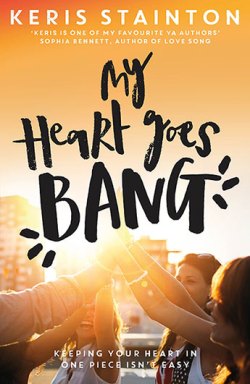 Author(s): Keris Stainton
Author(s): Keris Stainton


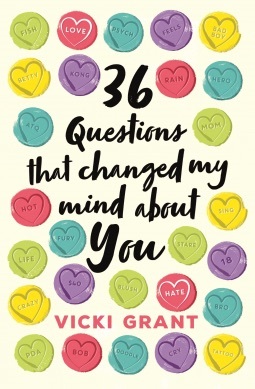 Author(s): Vicki Grant
Author(s): Vicki Grant



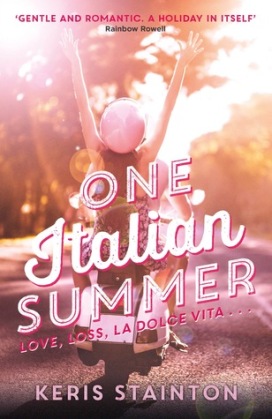 Author: Keris Stainton
Author: Keris Stainton



 Author(s): T.S. Easton
Author(s): T.S. Easton




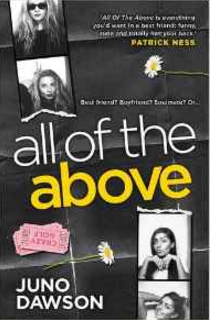 All of the Above
All of the Above
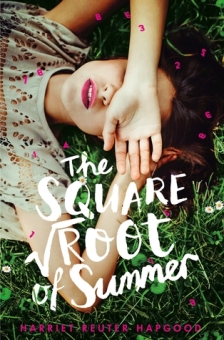 The Square Root of Summer
The Square Root of Summer

 Author(s): Cathryn Constable
Author(s): Cathryn Constable
 Author(s): Nigel McDowell
Author(s): Nigel McDowell
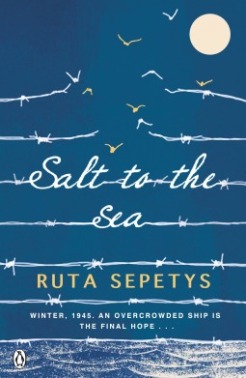 he Sea
he Sea
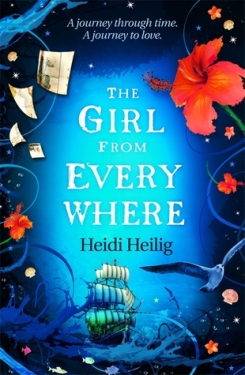 The Girl from Everywhere
The Girl from Everywhere

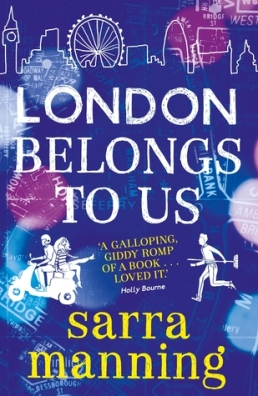 Author: Sarra Manning
Author: Sarra Manning
